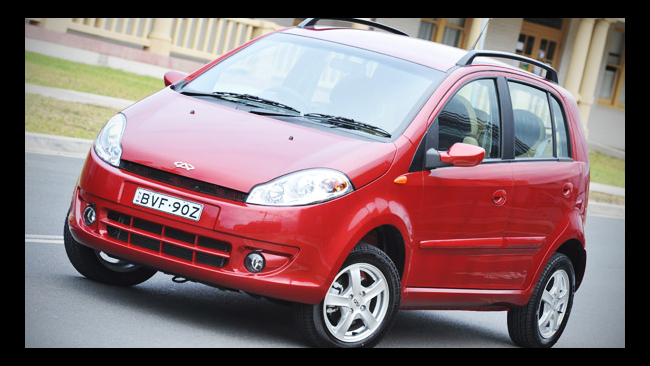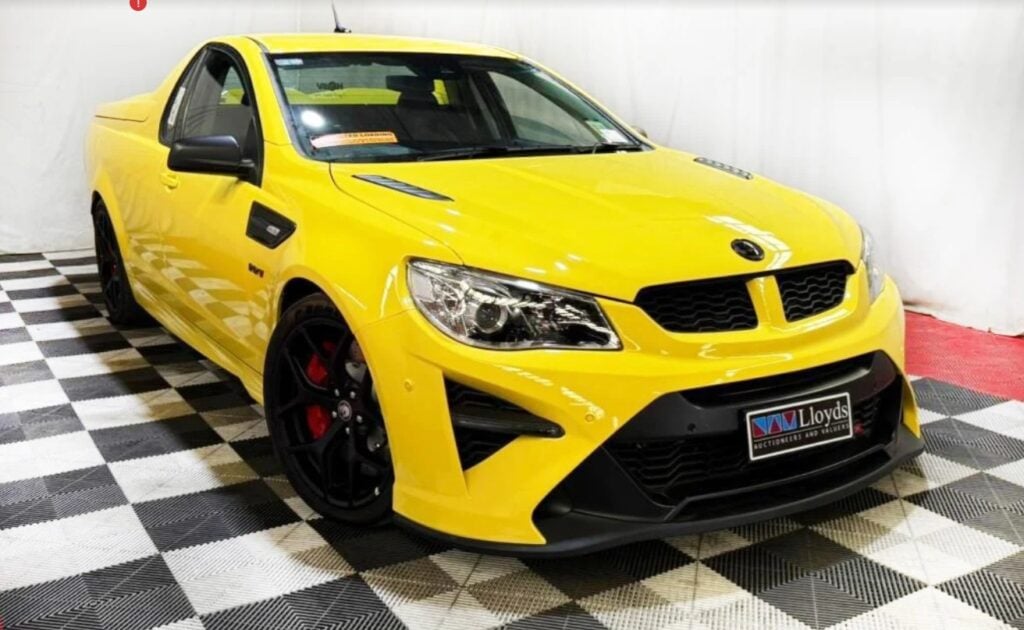Bang! It was over in seconds. It happened so quickly it seemed almost unreal. Chery’s J1 hatch has only just entered the Australian market, yet its crash safety was there being surveyed under the watchful eye of ANCAP. In front of my eyes, the little Chery just smashed into a 120-tonne steel block at 64km/h.It was the first time I’d witnessed a crash test, or any real-life smash with that kind of force. ANCAP won’t release the J1’s official results for at least a couple of months, but from where I was standing, the Chinese-made hatch didn’t fare well. The front crumple zones scrunched-up fine, but so did the passenger compartment: the driver’s footwell was completely caved-in, the A-pillar deformed, driver’s door inoperable. The Chery’s body twisted so much, the driver-dummy’s head hit the B-pillar on rebound.Viewing the incident from above, in a glass room at the NSW RTA’s Crash Lab at Huntingwood, it was shocking to think that anything could withstand such a violent impact. If you’re thinking 64km/h doesn’t sound overly fast, then let’s put it into perspective. Imagine if you were sprinting at full speed and ran straight into a building. It would be a messy scene. Now imagine you’re travelling at three times that speed and, again, suddenly brought to a halt. The human body isn’t designed to cope with such extreme forces and, when you’re driving, it’s the same thing. That’s why cars are designed to take some of that kinetic energy and distribute it elsewhere – allowing your body to take a little longer to slow down.Considering how much the bar has been raised in the small-car category, 4-stars or greater from ANCAP is a must. Electronic stability control and anti-lock braking systems are vital in avoiding a sticky situation. But what about when it all goes wrong? Seatbelts, airbags and crumple zones are all there to absorb energy in a crash to prevent or lessen injury to the driver and passengers.The chance of death or serious injury in a collision is two-times greater if you were to step into a one-star car rather than a five-star car, and you can tell the difference. A good crash-test performer, I’m told, won’t bend at the A-pillar and roof, and the front doors will open easily.For me, seeing a real-life crash-test certainly put passive safety, quite literally, under the spotlight. So, here comes the big question: would you rather pay less for a new car and avoid stretching to a 5-star one? Or would you rather someday walk away from a potentially fatal crash? You do the math.





